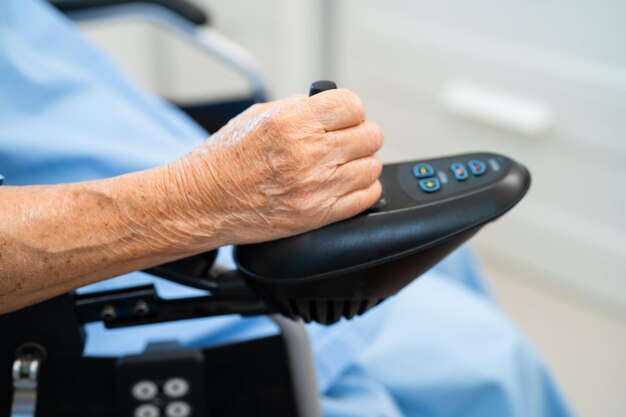Navigating Medicare Coverage for Lift Chairs: What You Need to Know
When it comes to enhancing mobility and independence, lift chairs can be a game-changer for many seniors and individuals with disabilities. With built-in mechanisms to assist users in moving from a seated to a standing position, these chairs can significantly improve quality of life. But the big question remains: Are lift chairs covered by Medicare?
Understanding Lift Chair Coverage Under Medicare
Medicare Part B, which covers outpatient medical services, tends to cover the part of a lift chair that is considered durable medical equipment (DME). However, coverage is not all-encompassing. Medicare generally only covers the lift mechanism itself—not the entire chair. This means beneficiaries can expect to receive partial coverage if specific conditions are met.
To qualify for Medicare coverage, the lift mechanism must be medically necessary, prescribed by a physician, and supplied by a Medicare-approved provider. It's important that individuals meet criteria such as having severe arthritis or neuromuscular disease.
Here's what you should know:
- Prescription Requirement: A physician must deem the lift mechanism medically necessary.
- Coverage Limitations: Medicare Part B does not cover the chair's upholstery, fabric, or cushion.
- Approved Suppliers: The supplier must accept Medicare assignment for the DME.
Exploring Financial Assistance and Aid Programs
For those finding themselves responsible for the cost of the lift chair components not covered by Medicare, several other financial aid programs can be considered:
Medicaid Programs: Depending on your state, Medicaid may offer more comprehensive assistance when Medicare falls short. These programs often provide coverage for mobility aids in a more inclusive manner compared to Medicare.
Veterans' Benefits: If the recipient has military service history, the Department of Veterans Affairs (VA) can potentially provide aid for lift chairs under specific health benefits.
Nonprofit Organizations: Various nonprofit organizations focus on enhancing mobility for seniors and the disabled, sometimes offering financial help or donated equipment.
Discovering Additional Support Options
Beyond insurance or state programs, other creative solutions can also help reduce out-of-pocket expenses:
Assistive Technology Loans: These are low-interest loans specifically designed to help individuals afford assistive technology, which can include lift chairs.
Extended Payment Plans: Some retailers offer flexible payment plans, allowing purchases to be spread over manageable monthly payments.
Grants and Charitable Funds: Some local or national charities provide grants specifically aimed at aiding those struggling to afford necessary medical equipment.
Tapping into Broader Financial Solutions
While navigating healthcare expenses, you might also explore broader financial solutions that can provide relief beyond medical equipment:
Debt Relief Options: Assistance programs offering credit card debt reduction or interest consolidation might free up your budget, making healthcare costs more manageable.
Educational Grants and Scholarships: Pursuing grants for caregivers or educational advancement related to healthcare management might indirectly benefit those committed to such roles.
Credit Counseling Services: Professional services can help create a strategic budget plan, potentially freeing up resources for necessary medical expenditures.
The path to acquiring and financing medical equipment can indeed be daunting. By understanding Medicare’s scope and exploring supplemental aid programs, individuals can effectively work towards acquiring essential medical aids like lift chairs with reduced financial strain.
Financial and Support Resources:
- ✨ Medicaid Programs: State-specific coverage options for broader equipment needs.
- 🎖️ Veterans' Benefits: Potential benefits through the VA for eligible veterans.
- 🤝 Nonprofit Aid: Support from organizations focused on mobility assistance.
- 💸 Assistive Technology Loans: Financial products for acquiring assistive technology.
- 📉 Debt Relief Programs: Reducing credit card and debt load for financial flexibility.
- 📚 Educational Grants: For personal or professional development in healthcare sectors.
- 💼 Credit Counseling Services: Tailored budgeting and financial strategizing services.

Related Topics
- Am I Elgible For Medicare
- Am I Enrolled In Medicare
- Am I Qualified For Medicare
- Are Adult Diapers Covered By Medicare
- Are Chemotherapy Drugs Covered By Medicare Part d
- Are Colonoscopies Covered By Medicare
- Are Covid Tests Covered By Medicare
- Are Cpap Machines Covered By Medicare
- Are Cpap Supplies Covered By Medicare
- Are Dental Implants Covered By Medicare